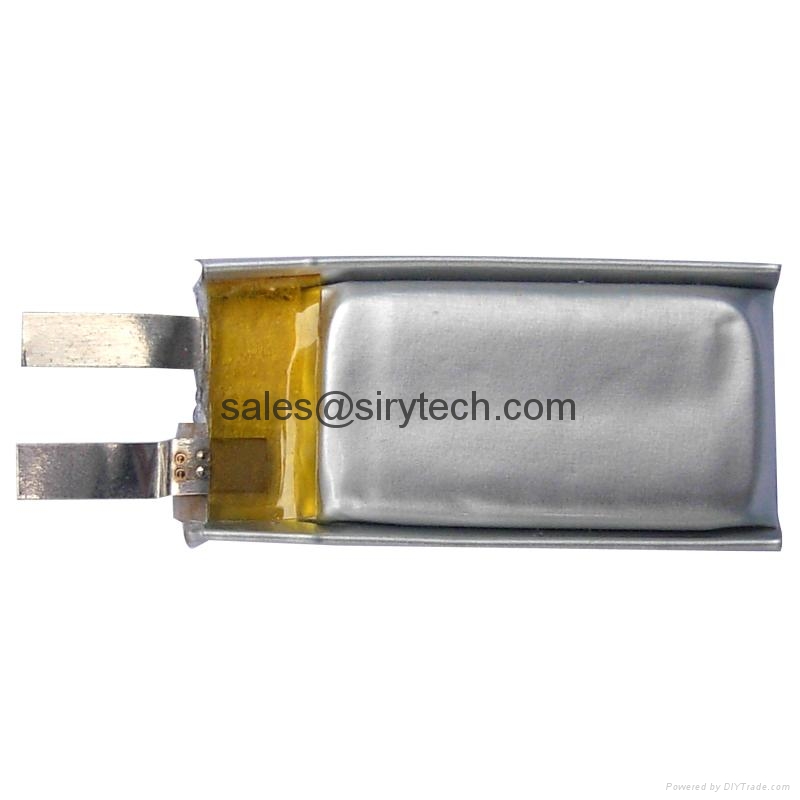Lithium batteries have revolutionized the way we power our devices, from smartphones to electric vehicles. Their high energy density, lightweight design, and prolonged lifespan make them a popular choice. However, not all lithium batteries are created equal. Understanding the different types and their respective advantages and disadvantages can help consumers make informed decisions tailored to their needs.

The most common types of lithium batteries are Lithium-ion (Li-ion), Lithium Polymer (LiPo), Lithium Iron Phosphate (LiFePO4), and Lithium Manganese Oxide (LiMn2O4). Each type offers its own unique benefits and drawbacks.
Starting with Lithium-ion batteries, they are the standard choice for consumer electronics. This type features a high energy density and longer cycle life, often surpassing 500-1,000 charge cycles. Their ability to hold a significant charge makes them ideal for laptops and mobile phones. However, they are susceptible to overheating and may pose a safety risk if not managed correctly. Additionally, they can degrade over time when exposed to extreme temperatures.
Next, we have Lithium Polymer batteries, which are renowned for their flexibility in shape and size. This makes them particularly suitable for drones, RC vehicles, and wearable technology. Their lightweight structure and superior safety characteristics reduce the risk of leaks and explosions. However, they generally have lower energy density compared to Li-ion batteries and can be more expensive to produce.
Lithium Iron Phosphate (LiFePO4) batteries offer a robust alternative, with excellent thermal stability and longevity. They are commonly used in electric vehicles and renewable energy storage systems. The safety and environmental friendliness of LiFePO4 batteries are a significant advantage, as they are less likely to catch fire compared to other types. However, their lower energy density means they may require larger, heavier batteries to deliver the same performance as Li-ion batteries, making them less ideal for portable electronics.
Finally, Lithium Manganese Oxide batteries provide an additional option, balancing high thermal stability with good power output. They are often used in power tools and some electric vehicles. While they offer a safe operation with less risk of overheating, their energy density falls short of that of lithium-ion batteries, leading to shorter run times for applications that require substantial power.

In conclusion, the choice of lithium battery depends primarily on the application. While Lithium-ion batteries dominate consumer technology due to their energy density and cycle life, options like Lithium Polymer, Lithium Iron Phosphate, and Lithium Manganese Oxide each offer distinct advantages depending on requirements for size, weight, cost, and safety. It’s essential for consumers and manufacturers to evaluate their specific needs and consider both the advantages and disadvantages of each type to select the most suitable battery. As technology progresses, we can expect further advancements in lithium battery technology that will enhance performance and reliability even more, driving innovation in numerous fields.
Next:Understanding the Lifespan of Lithium Batteries: What You Need to Know
Previous:The Future of Sustainability: Innovations in Lithium Battery Recycling Technology
Contact Person: Miss. Kiki
| WhatsApp : | +8617763224709 |
|---|---|
| Skype : | +8617763224709 |
| WeChat : | +8617763224709 |
| Email : | kiki@lifepo4-battery.com |